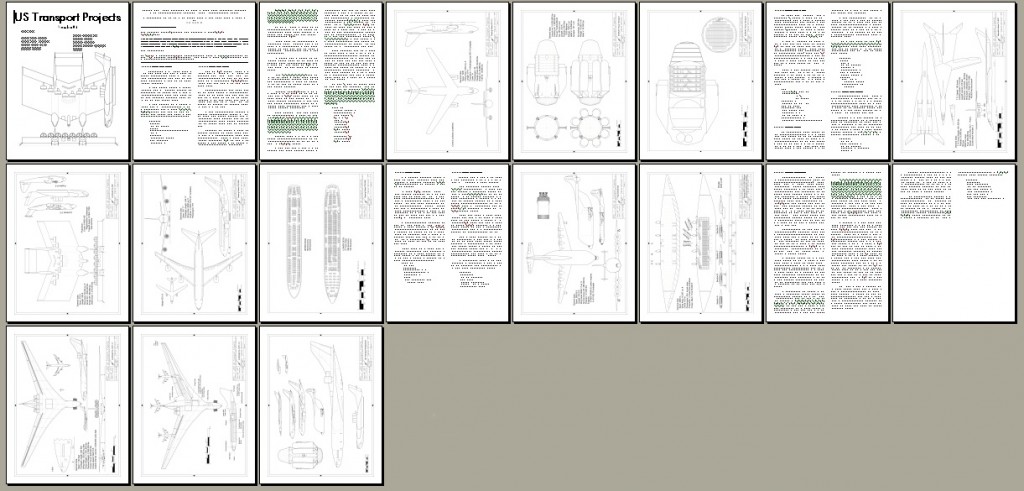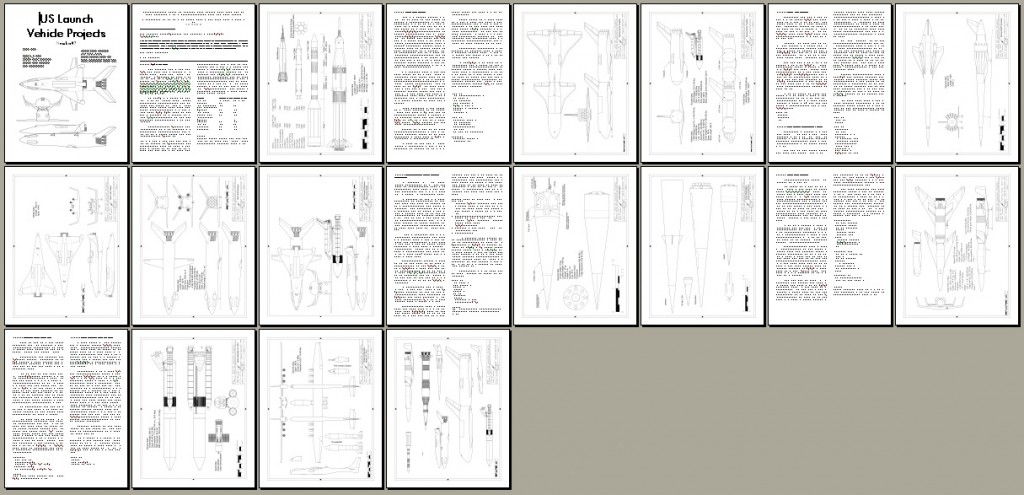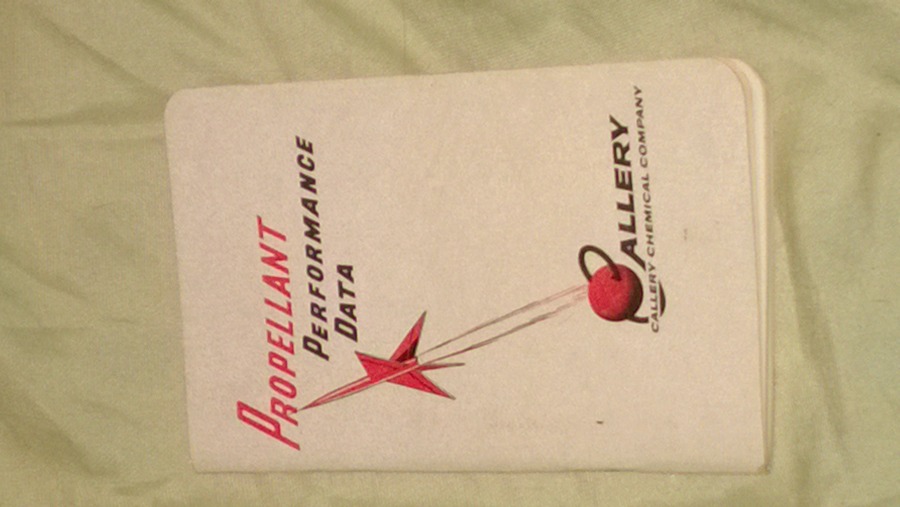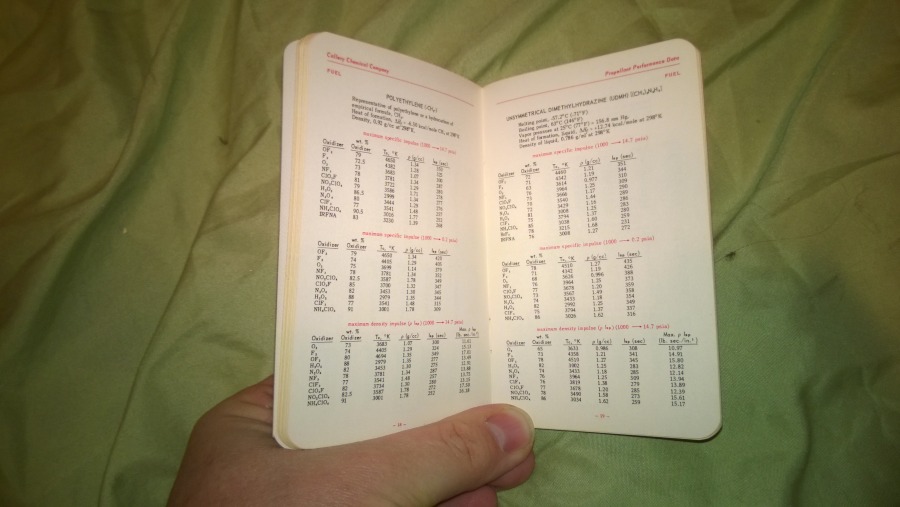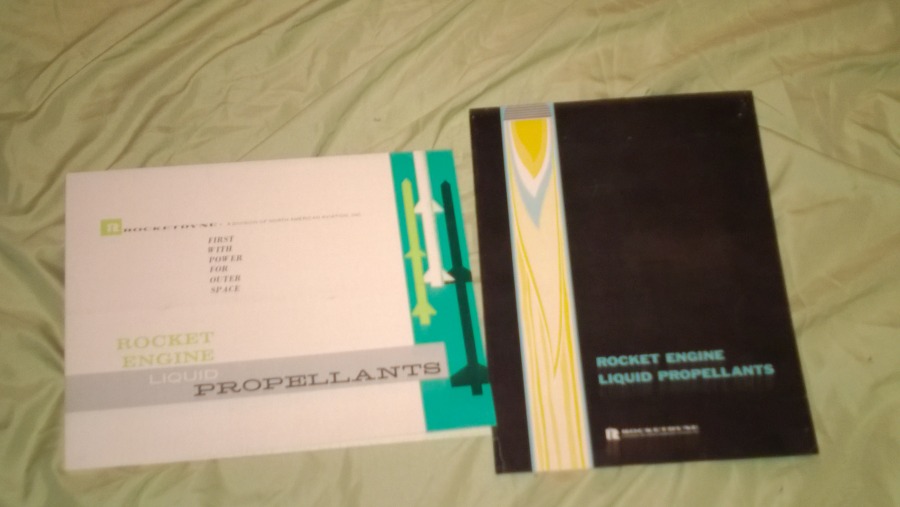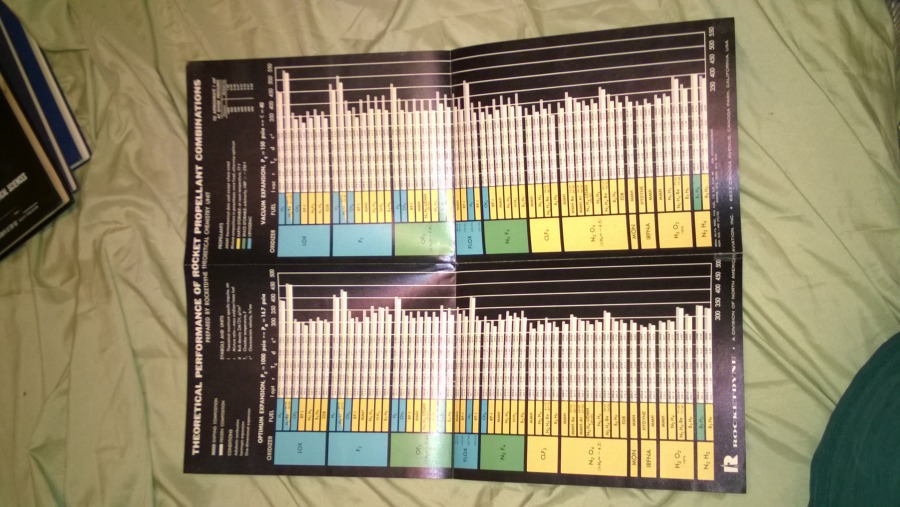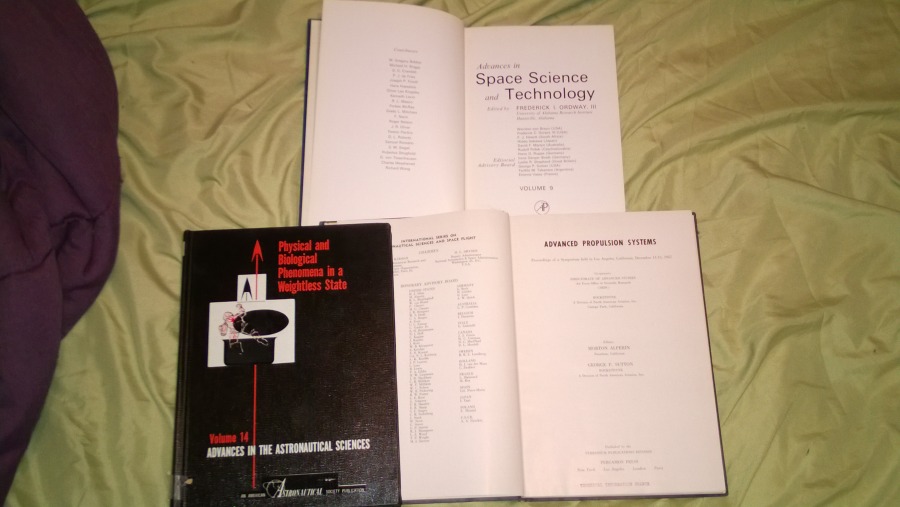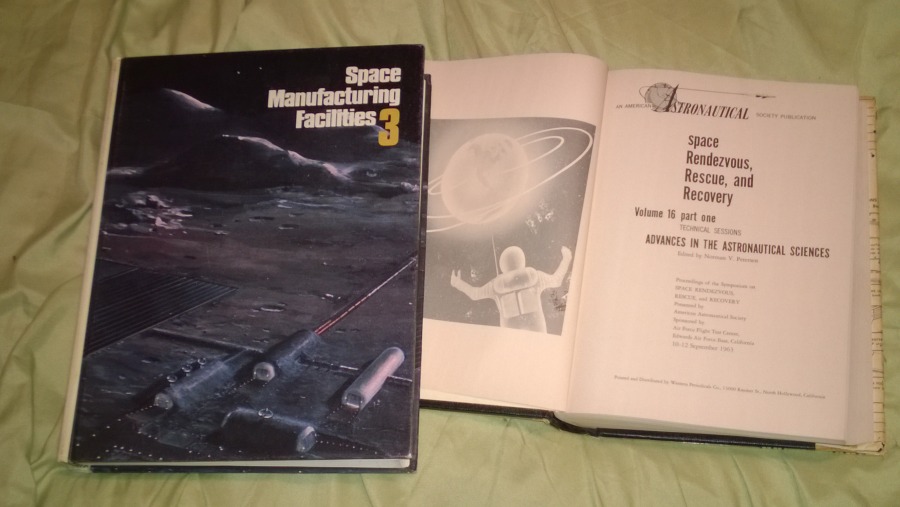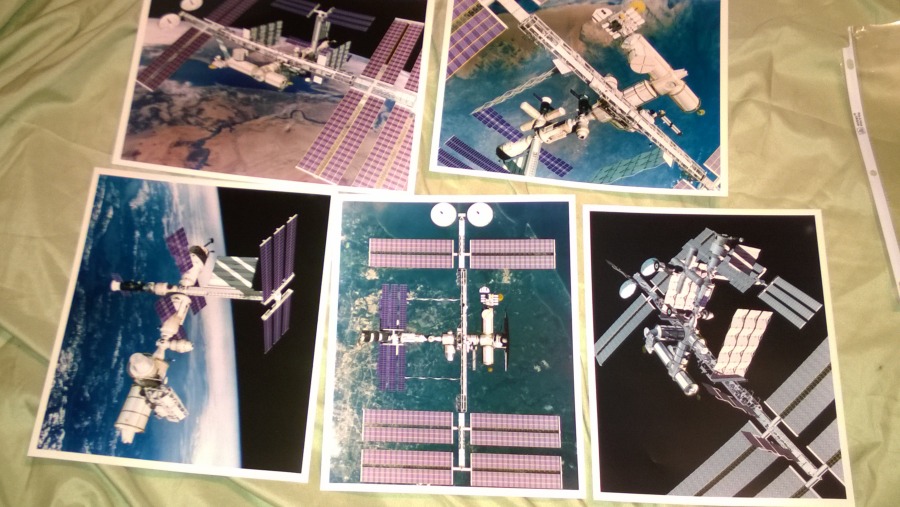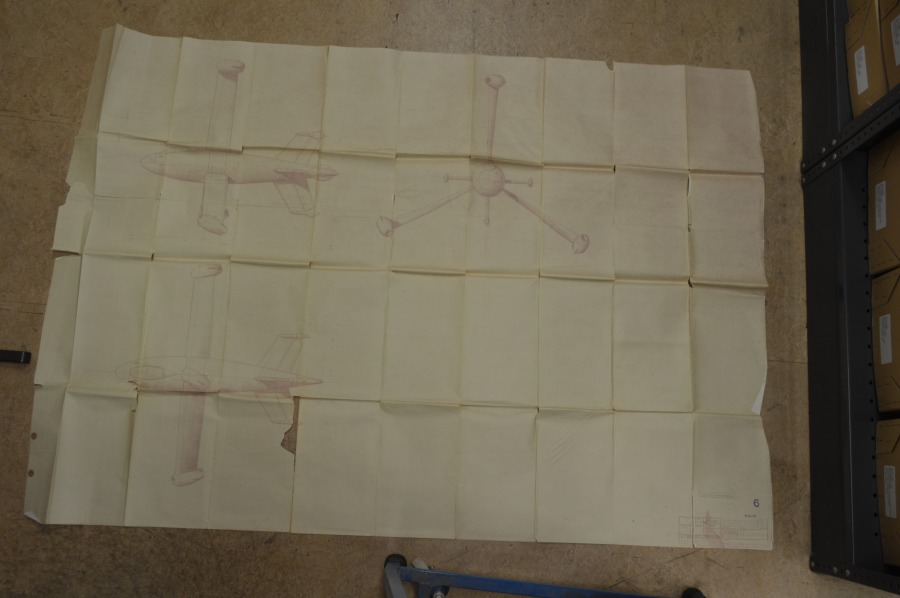This morning I had the radio in the car set to NPR as I drove home from the eye doctor. As my eyes were fully dilated and it was sunny out, my interest was in just getting home rather than fiddling with the radio. So even though I wasn’t terribly interested in the subject on the radio, I didn’t try to change it.
The subject of the piece was an author, a woman who has written a lot of “historical romance for women” This is, perhaps unsurprisingly, not a genre of much interest to me. Her specific niche is historical romance featuring black people, set between the 1860’s and the 1960’s. Well, she found herself an underserved niche and is filling it, good for her. Capitalism at its best. In the course of the interview she attended some conference or other, I think for other romance writers; the writers set up tables to hawk their wares. She was apparently the only black author there; the “customers” were apparently overwhelmingly white. She (or the journalist) noted that a whole lot of the white people passing by averted their gave when they saw that this was Black Folk Romance. She said, and I paraphrase, “They say they can’t relate to black folks. But they can relate to shapeshifters? To vampires? But they can’t relate to black people? I have a problem with that.”
She does have a point. Heck, look at old-school Star Trek. Captain Kirk, White Guy, once kissed Lt. Uhura, Black Woman, and much of the American viewing public went bonkers. But in every other episode, Kirk was mackin’ on green or orange chicks, women robots or avatars of trans-dimensional superbeings.
But what made the interview interesting and eventually noteworthy was an interview with a customer, just a moment later. A black woman had come up to the authors table and expressed appreciation for the authors work at representing black people. Fine, good. But then, again paraphrasing, “All the other romance features waifs with long blond hair. I can’t relate to that.”
This was included apparently without irony or comment by the journalist.
Heh.
——-




